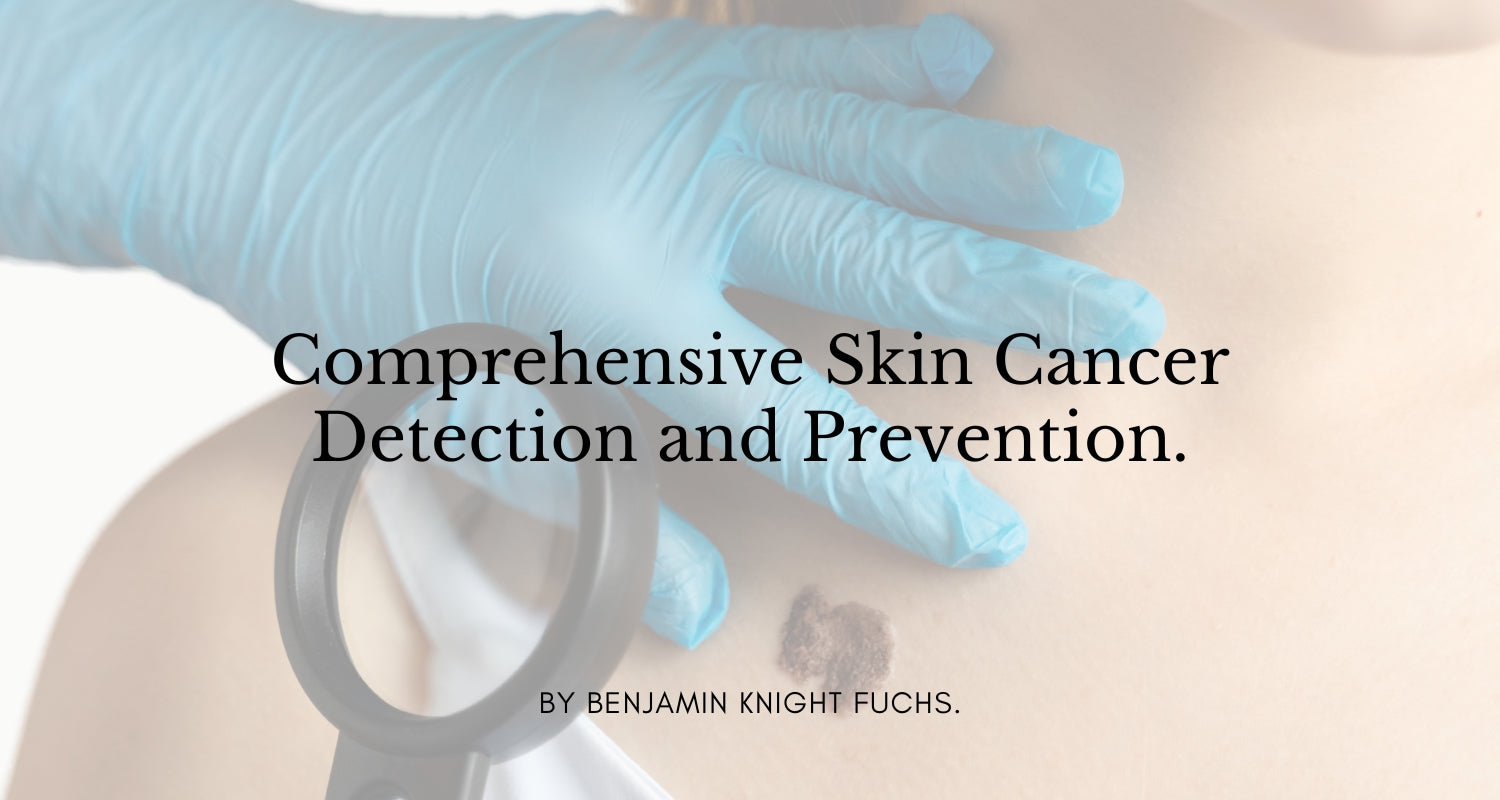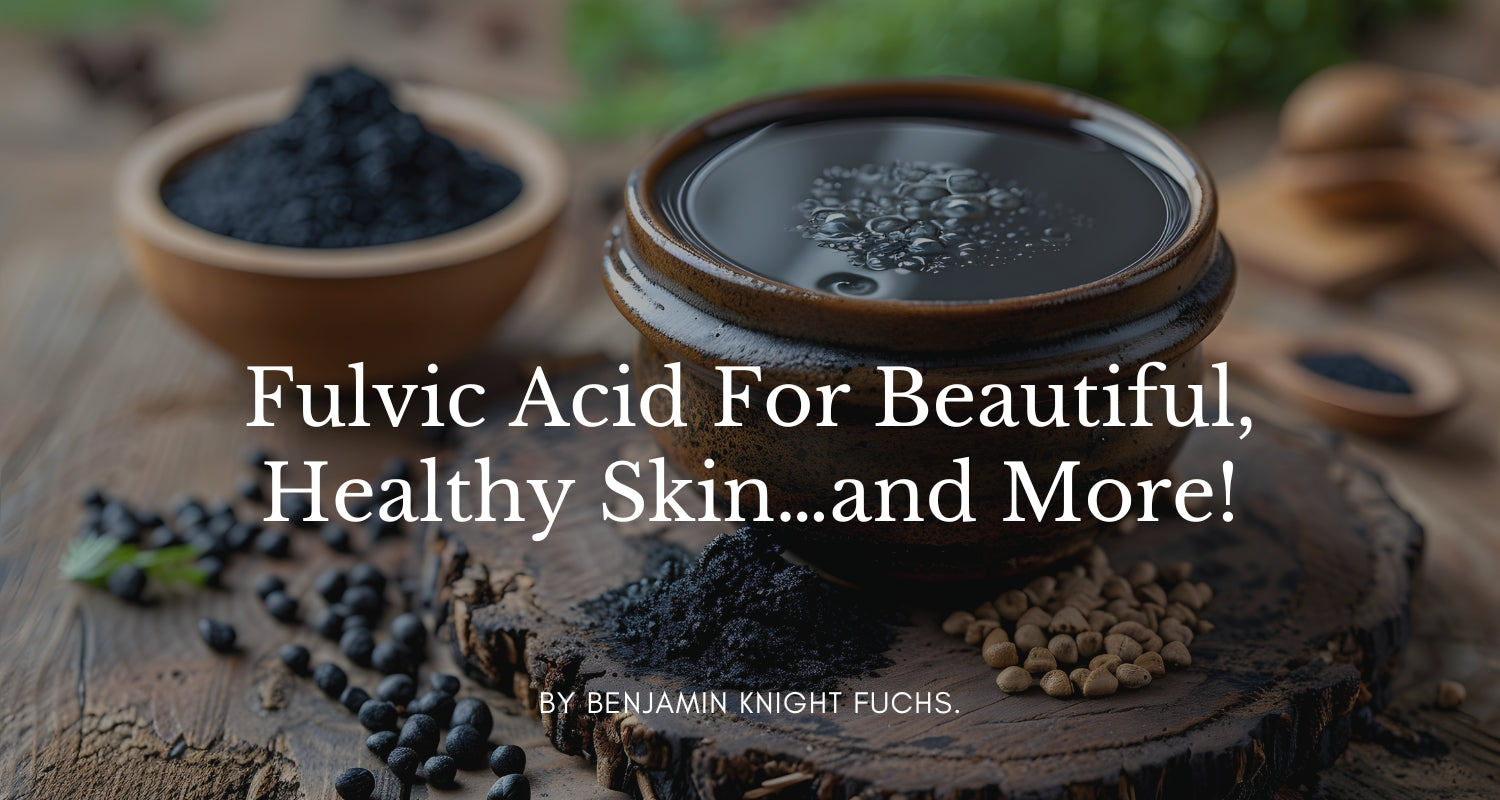
Detección y Prevención Integral del Cáncer de Piel.
El cáncer de piel es el tipo de cáncer más común en los Estados Unidos, con más de 5 millones de casos diagnosticados cada año. Aproximadamente 1 de cada 5 estadounidenses desarrollará cáncer de piel antes de los 70 años. Los cánceres de piel no melanoma, como el carcinoma de células basales y el carcinoma de células escamosas, son más prevalentes y representan la mayoría de los casos de cáncer de piel. El melanoma, aunque menos común, es la forma más peligrosa de cáncer de piel y causa la mayor cantidad de muertes. Cada año se diagnostican más de 200,000 casos de melanoma y, aunque es muy tratable si se detecta a tiempo, puede propagarse a otras partes del cuerpo si no se detecta a tiempo.
Realizar revisiones regulares de la piel en casa es una de las mejores maneras de detectar signos tempranos de cáncer de piel. La Academia Americana de Dermatología (AAD) recomienda hacer estas revisiones parte de tu rutina. Pero, ¿qué debes buscar exactamente?
Uno de los signos más comunes del cáncer de piel es un lunar con un aspecto inusual. Si un lunar ha cambiado de tamaño o forma desde la última vez que lo revisaste, podría ser un signo de melanoma. Un método sencillo para evaluar los lunares es utilizar las siglas ABCDE del melanoma: asimetría, donde una mitad del lunar no coincide con la otra; bordes irregulares, con contornos desiguales o difuminados; color, cuando notas una variedad de colores o sombreado desigual; diámetro, si el lunar es mayor de 6 mm, aproximadamente del tamaño de una goma de borrar; y evolución, es decir, si el lunar cambia de tamaño, forma o color con el tiempo.
Aunque estos son indicadores importantes, el cáncer de piel no se limita solo a lunares anormales. Hay tres tipos principales de cáncer de piel: carcinoma de células basales, carcinoma de células escamosas y melanoma. Cada tipo puede presentarse de manera diferente, y algunos tipos más raros de cáncer de piel pueden parecerse incluso a otras afecciones cutáneas. Por ejemplo, el carcinoma de células basales puede aparecer como un bulto claro o del color de la piel, a menudo confundido con un grano o una picadura de insecto. Aunque puede no causar dolor ni sangrar, no debe ignorarse, ya que podría ser un carcinoma de células basales o escamosas en una etapa temprana. Si notas un bulto duro en el párpado, podría ser un signo de carcinoma de glándula sebácea, un tipo raro de cáncer. De manera similar, los nódulos brillantes o firmes en la cabeza, cuello o torso podrían indicar carcinoma de células de Merkel (MCC), otro tipo raro de cáncer de piel.
A veces, los bultos claros o del color de la piel no son cáncer. Podrían deberse a afecciones benignas como el molusco contagioso, una enfermedad viral que causa lesiones; verrugas, que a menudo son ásperas o del color de la piel; dermatosis papulosa nigra, crecimientos benignos típicos de la cara y el cuello; o queratosis pilaris, que resulta en bultos ásperos en varias partes del cuerpo.
Es fácil confundir la piel seca y escamosa con eccema o simple sequedad. Sin embargo, si los humectantes de venta libre no ayudan, un parche escamoso que no se cura podría indicar carcinoma de células basales o escamosas. Otras posibles causas de parches escamosos incluyen dermatitis seborreica, que causa escamas grasientas y costrosas; eccema, que provoca piel seca y con picor; y psoriasis, que produce parches gruesos y escamosos. Un signo clásico de carcinoma de células basales es una lesión que supura, se forma una costra y no cicatriza. Si notas manchas en tu piel que sangran, supuran o forman una costra, es hora de consultar a tu dermatólogo.
No todas las manchas supurantes o con costras son cancerosas. Otras posibles causas incluyen eccema exudativo, impétigo (una infección bacteriana que causa llagas rojas y con picor), y MRSA (una infección bacteriana que aparece como bultos dolorosos llenos de pus). Algunos cánceres raros se confunden fácilmente con otras afecciones. El carcinoma de células de Merkel (MCC), por ejemplo, puede parecer un bulto inofensivo, pero podría presentarse como nódulos de color azul, rojo o púrpura que crecen rápidamente. El sarcoma de Kaposi, que afecta comúnmente a personas con sistemas inmunitarios debilitados, puede aparecer como manchas rojas, púrpuras o marrones en la piel o las membranas mucosas, como dentro de la boca.
A veces, los síntomas del cáncer de piel son sutiles, sin dolor o malestar obvios. La clave es notar cualquier cosa que persista y no desaparezca. Si bien es normal desarrollar bultos o manchas por inflamación o picaduras de insectos, la mayoría de estas desaparecen con el tiempo. El cáncer de piel, sin embargo, persiste y eventualmente puede causar síntomas. Siempre merece la pena consultar a tu dermatólogo si algo parece fuera de lo normal.
El cáncer de piel es uno de los cánceres más comunes en los Estados Unidos. La mayoría de los adultos conocen al menos a una persona con este diagnóstico, pero también es uno de los más prevenibles y tratables, especialmente si se detecta temprano. Los autoexámenes regulares te permiten detectar cambios en tu piel. Muchas personas encuentran que hacer estas revisiones una vez al mes funciona bien, pero lo mejor es confirmar la rutina ideal con tu dermatólogo. Si notas algo sospechoso, es importante acudir al dermatólogo de inmediato, incluso si el área no pica, sangra o duele. En muchos casos, el cáncer de piel temprano puede tratarse eliminando el área cancerosa y algo de tejido circundante. También vale la pena recordar que no todos los cánceres de piel se parecen al melanoma, por lo que familiarizarse con los diferentes tipos de cáncer de piel es crucial.
Cuidar de tu piel implica más que solo revisiones regulares. Proteger tu piel desde dentro hacia afuera también puede marcar una diferencia significativa. Algunos alimentos y nutrientes han demostrado proteger la piel del daño y pueden ayudar a reducir el riesgo de cáncer de piel. Los alimentos ricos en antioxidantes como las bayas, las verduras de hojas oscuras y los frutos secos protegen tu piel del daño oxidativo causado por los rayos UV. Los alimentos ricos en carotenoides, como las zanahorias y las batatas, ofrecen betacaroteno y licopeno para fortalecer las defensas de tu piel. Los ácidos grasos omega-3, presentes en el pescado graso, las semillas de lino y las nueces, ayudan a reducir la inflamación y protegen contra el daño UV. La vitamina D, que se encuentra en alimentos fortificados o a través de suplementos, asegura una piel sana sin sobreexposición al sol. Los polifenoles del té verde, el cacao y las uvas han demostrado proteger la piel de la radiación UV. El zinc, disponible en las semillas de calabaza y los garbanzos, ayuda a reparar el ADN y respalda la función inmunitaria, reduciendo el riesgo de cáncer de piel. La vitamina A, presente en alimentos como el hígado, los productos lácteos y las verduras de color naranja, mantiene la piel saludable.
Más allá de las elecciones dietéticas, existen ingredientes tópicos que ofrecen protección adicional. Los protectores solares que contienen óxido de zinc o dióxido de titanio son excelentes para bloquear los dañinos rayos UV, mientras que los retinoides (derivados de la vitamina A) ayudan a reparar la piel dañada por el sol al estimular la renovación celular. La vitamina C neutraliza los radicales libres, reduciendo el daño oxidativo y apoyando la salud de la piel. La niacinamida, otro potente ingrediente, reduce la inflamación y repara el daño al ADN causado por los rayos UV. El extracto de té verde y el resveratrol, ricos en antioxidantes, ayudan a proteger y calmar la piel.
Incorporar estos ingredientes en tu rutina de cuidado de la piel, junto con autoexámenes regulares y una dieta rica en nutrientes, te brinda un enfoque integral para la prevención del cáncer de piel. Nunca subestimes el poder de la prevención: aplica protector solar regularmente, presta atención a los cambios en tu piel y cuida tu piel con esmero. Algunas condiciones de salud y tratamientos pueden hacer que las personas sean más propensas al cáncer de piel. Estos incluyen sistemas inmunitarios debilitados, que reducen la capacidad del cuerpo para reparar el daño al ADN; condiciones inflamatorias crónicas de la piel como el eccema y la psoriasis; un historial de cáncer de piel previo; y trastornos genéticos como la xerodermia pigmentosa (XP). Algunos medicamentos, como los inmunosupresores o fármacos fotosensibilizantes, también pueden aumentar el riesgo de cáncer de piel al hacer que la piel sea más vulnerable al daño UV.
Las elecciones de estilo de vida también pueden aumentar el riesgo de cáncer de piel. La exposición excesiva al sol sin protección, el uso frecuente de camas de bronceado y las ocupaciones que requieren trabajar al aire libre exponen la piel a una radiación UV prolongada. Fumar, una mala alimentación y los viajes frecuentes a regiones con una intensa luz solar también contribuyen a aumentar el riesgo de cáncer de piel.
Prevenir el cáncer de piel requiere un enfoque proactivo. Las revisiones regulares de la piel, una dieta rica en nutrientes protectores y el uso de ingredientes tópicos para el cuidado de la piel ayudan a reducir el riesgo. Si tienes problemas de salud o participas en actividades de alto riesgo, es fundamental adoptar medidas preventivas adicionales, como evitar las camas de bronceado, usar ropa protectora y aplicar protector solar de forma constante. Al combinar una monitorización regular de la piel, una nutrición adecuada y ser consciente de los comportamientos de riesgo, puedes reducir significativamente las posibilidades de desarrollar cáncer de piel. ¡La prevención, la concienciación y la detección temprana son tus mejores herramientas para mantener tu piel sana y libre de cáncer!
Benjamin Knight Fuchs, R. Ph.


